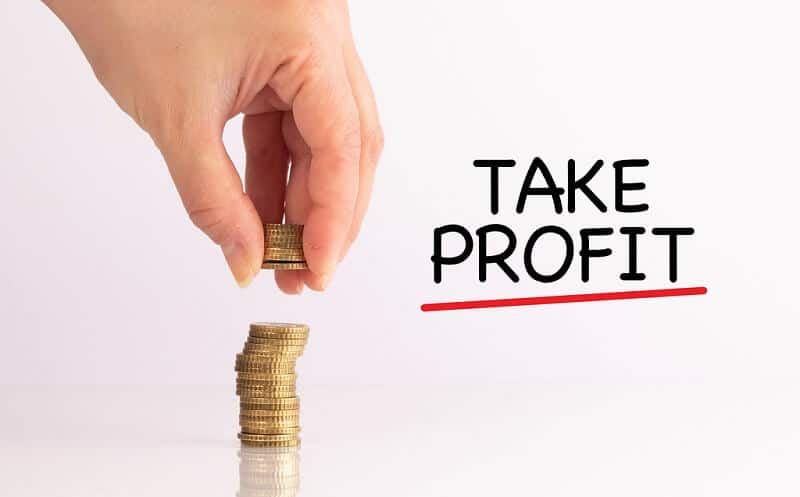Short selling for profit is benefit from a drop in a stock’s price

What to do with stocks when the price starts to decline? Bet that a stock will fall more.
By Guy Avtalyon
Short selling for profit is a trading strategy that attempts to profit from an expected decrease in the price of a security. Basically, a short-seller wants to sell at a higher price and buy at lower.
How does short selling for profit work?
Let’s you are a trader and you have some information that some stock will decrease in value by the expiration date. Ofc, you don’t hold that stock but you can borrow it from a broker. For example, you borrow 100 stocks at $10 market price. And you open the position, meaning you want to sell them at market price by their expiration date. And you succeed. Then you close your short position and sell your borrowed stocks for $1,000. But before you give back that 100 stocks to your broker you are betting that their price will decrease in value before the expiration day. That happens. Now, you are buying these stocks at a lower price, it is called covering the short position.
Let’s say, the price of your borrowed stocks declines at $6 each.
You sold them at $1,000, bought them at $600. Return 100 stocks to the broker and you pocket $400.
(100x$10) – (100x$6) = $400
The risk in this kind of trading is literally unlimited because the price may rise and rise to infinity.
But, the profit can be huge, also. The previous example showed a short-selling for profit. Well, by using short selling you may gain loss too.
Example of making loss while using short selling.
The vice versa case is when stock price increase in value during the time while you are holding them.
Let’s say their market price rose at $14 each and you are holding 1oo stocks. The equitation will be
$1,000 – $1,400 = – $400
You borrowed those stocks at a $10 market price. But despite your expectations, the price increased which means you made a wrong bet. But you have an obligation to return those to the broker, hence you have to buy them back at that higher price. In this transaction, your loss is $400.
Short selling for profit is a method for traders to benefit from a drop in a stock’s price.
Short selling is only possible by borrowing stocks. The problem is they are not always available because when they are you may be faced with a crowd of other traders that already massively trade them.
Is short selling for profit risky?
The short-selling for profit can be risky and questionable. When a huge number of traders choose to short some stocks, their actions will make a great influence on the stock price. With such big traders’ interest, the price will decline sharply. That is not a good situation for companies. Their market value decreases. Sometimes the markets forbid short-selling, especially during the economic crisis.
As I said, short selling is risky for plenty of reasons. You can make a great loss if the stock price increases instead to decrease.
The other reason is that the sharp increase in selected stock may cause traders to cover the position all at once. Moreover, short-covering usually force the price to go up. Then you have a situation that more and more short-sellers are covering their positions and such stock is grasped in a so-called short squeeze. So, like a chain of unfortunate events, right?
The main purpose of short selling for profit is when you borrow the stocks from the broker to sell them instantly and buy them back at a lower price. And return them to the broker. When the whole process is finished you should profit from the difference in stock price.
Risks of short selling
Short selling involves a magnified risk. When you buy a stock you can lose only the money that you have invested. For example, if you bought one share at $300, the maximum you could lose is $300. Stocks can fall to $0 and that is the maximum, there is no stock that may fall below zero. The maximum in your potential loss will stop at your initial capital invested.
In short selling, you can potentially lose an infinite amount of money. Stock can increase its value for an infinite time to an inconstant price. So, you’ll have an infinite loss.
For example, let’s say you enter a short-selling at $200, and suddenly the stock price increases by 300% to $800. You’re obliged to buy the stock back and return them at $800, essentially losing 400% of your capital. actually, you are in incredible debt.
Just be careful when you bet against stock price.





